More from our series with IJM! As a recap:
Darling partners with IJM to support their work combatting sex trafficking, specifically in the Dominican Republic; however, since IJM works all over the globe to bring dignity and freedom to the vulnerable, we wanted to highlight a few specific women who are working to make that possible.
For this series, IJM Media and Communications Intern Kelsey Brown interviewed three strong and inspiring women who are using their unique gifts and passions to fight modern day slavery with IJM.
Meet: Vera Leung, Director of Creative Services
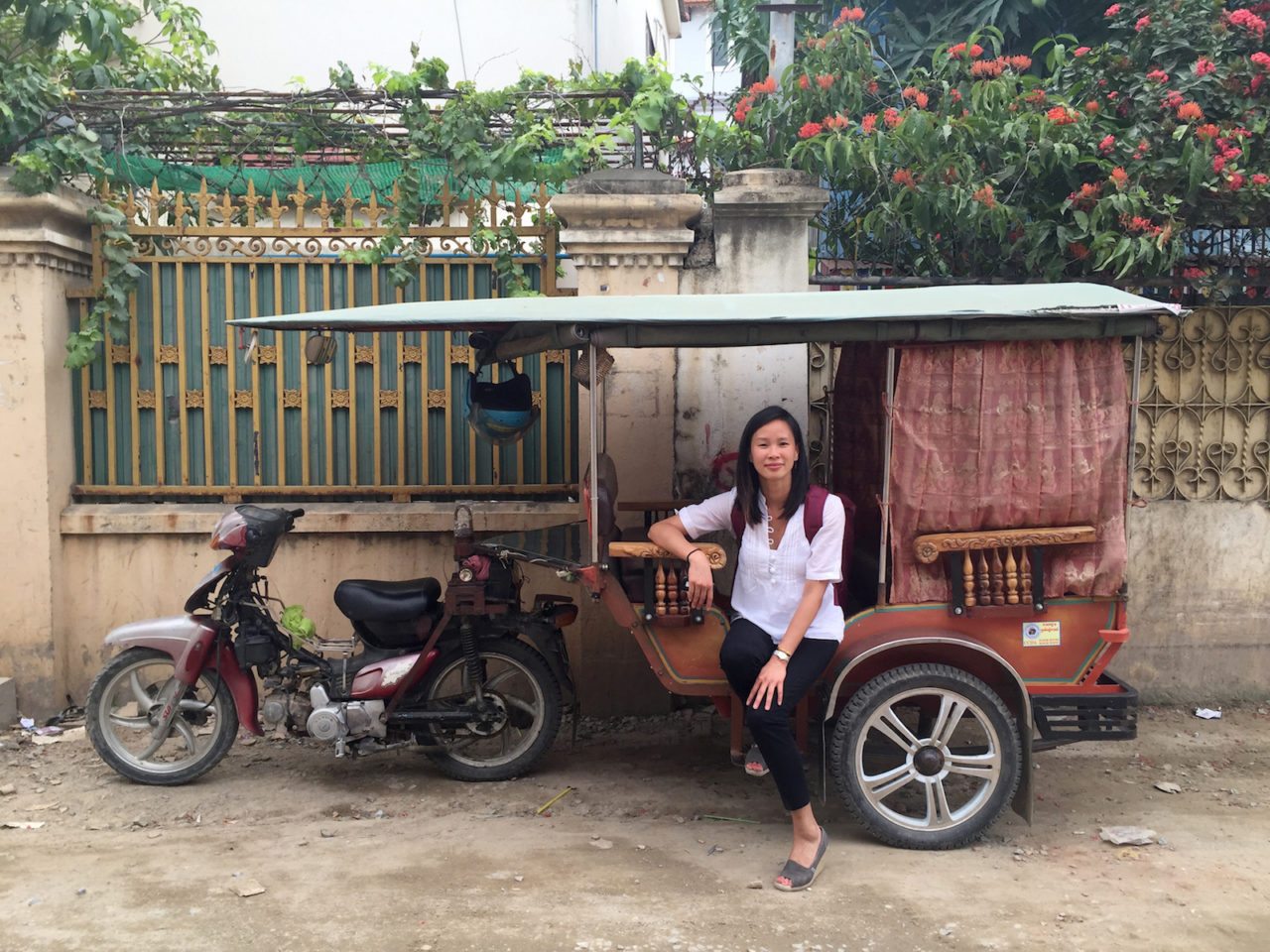
What is your role within IJM?
Vera: I’m the Director of Creative Services at IJM. I oversee our creative team and cast vision into how we share our stories and invite people into the work of IJM. Everything you see, look at and experience within the world of IJM is because the team we have here created it.
Were you always drawn to work in human rights?
Vera: I’ve always been drawn to helping other people. Very early on, I learned about the AIDS crisis in high school and felt like there was something I could do and wanted to do to help other people. That was probably my first introduction into poverty in the world. When I started to dig deeper and learn more about how people were suffering in the world, my heart eventually wanted to move in that direction of using my skills and talents for bigger, more impactful work.
Tell me about your journey specifically to IJM.
Vera: I started out in advertising school, always wanting to do creative communications. I had always wanted to end up in the fashion industry, interacting and working with beautiful things. My path led me into advertising school and to working at an agency where I was doing ad work and marketing promotions for things that weren’t so beautiful – like motor oil. That wasn’t super inspiring, but it definitely gave me all the tools and skills I needed to understand what it takes to communicate well, market and promote things.
But then, I wanted to be more on the storytelling side, so I spent some time at a magazine doing artwork direction, working to bring stories to life through visuals, layout, photography and illustration, and that really stoked my storytelling side. By the time I got to IJM, the opportunity that was before me felt like something that was the mix of both of those worlds, which was really exciting for me. It felt like an opportunity God placed before me.
… my heart eventually wanted to move in that direction of using my skills and talents for bigger, more impactful work.
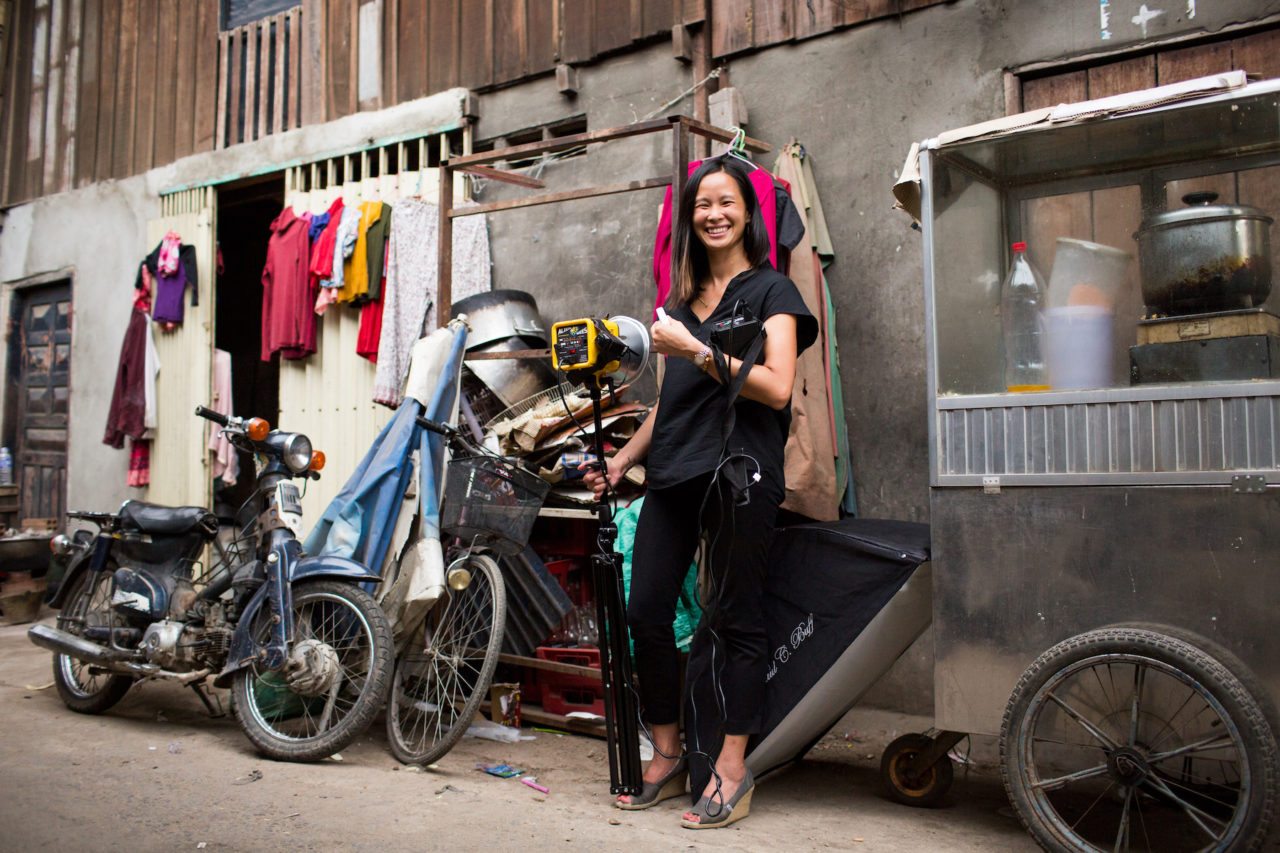
What does your day-to-day look like?
Vera: My day to day looks like checking in with my team and giving input into the creative pieces they’re working on, whether it’s a landing page, website, publication, poster or film, working alongside them and giving them input to make their creative feel really strong and communicate well. I also spend time thinking through big stories for IJM and how to bring those to life through the different mediums we have, whether it’s in print, online or film.
I also sit in a lot of meetings, do admin work and connect with people around the organization to make sure we’re helping them in the ways they need.
How do you maintain hope and positivity in a field dealing with violence every day?
Vera: I feel really fortunate that by the time we get to talk to and interact with the story, we are coming in at a point where people are in a much better place than where IJM first encountered them. We get to enter into the hopeful part of the story and get to know people where they are today. That’s really helpful, because you see they’re much better and they’re no longer suffering in the ways they were in slavery or having abuse inflicted upon them. That’s no longer their situation. When we get to talk to them, we get to understand their journey is already trending in a really positive direction.
The other aspect of what gives me hope is I know our team is so committed to the success of ending slavery and transforming people’s lives, and I really find so much encouragement when I sit and meet with our team on the ground because that is what moves them: they’re relentless, they’re courageous and that gives me hope for what will happen. I really do try and focus on knowing we have really great people on the ground, and the people we’re helping – when we encounter them, they’re people we can look to to feel inspired because they’re not left in despair.
… they’re relentless, they’re courageous and that gives me hope for what will happen.
What is the most challenging part of this work? The most rewarding?
Vera: There are so many parts of our work that are so interesting and so moving, and there’s so much to every single story. The most challenging part is always finding what we’ll tell people. We have to ask, “what will be the most moving part of this?” and sift away from the rest. It often feels like you’re letting a lot go, so knowing you’re taking out certain parts in order for the best story to be told, it’s always hard because you want to share everything.
On the flip side, when you see the stories, images and films we create, and you see how people receive them and are moved by them to take action, that’s the rewarding part. You feel like, OK, that story did have an impact, and it not only had an impact on the people reading it, but the people who are the subjects of the stories felt like they were really a part of that process, and they were really honored by it. Everyone feels like they had a part in it.
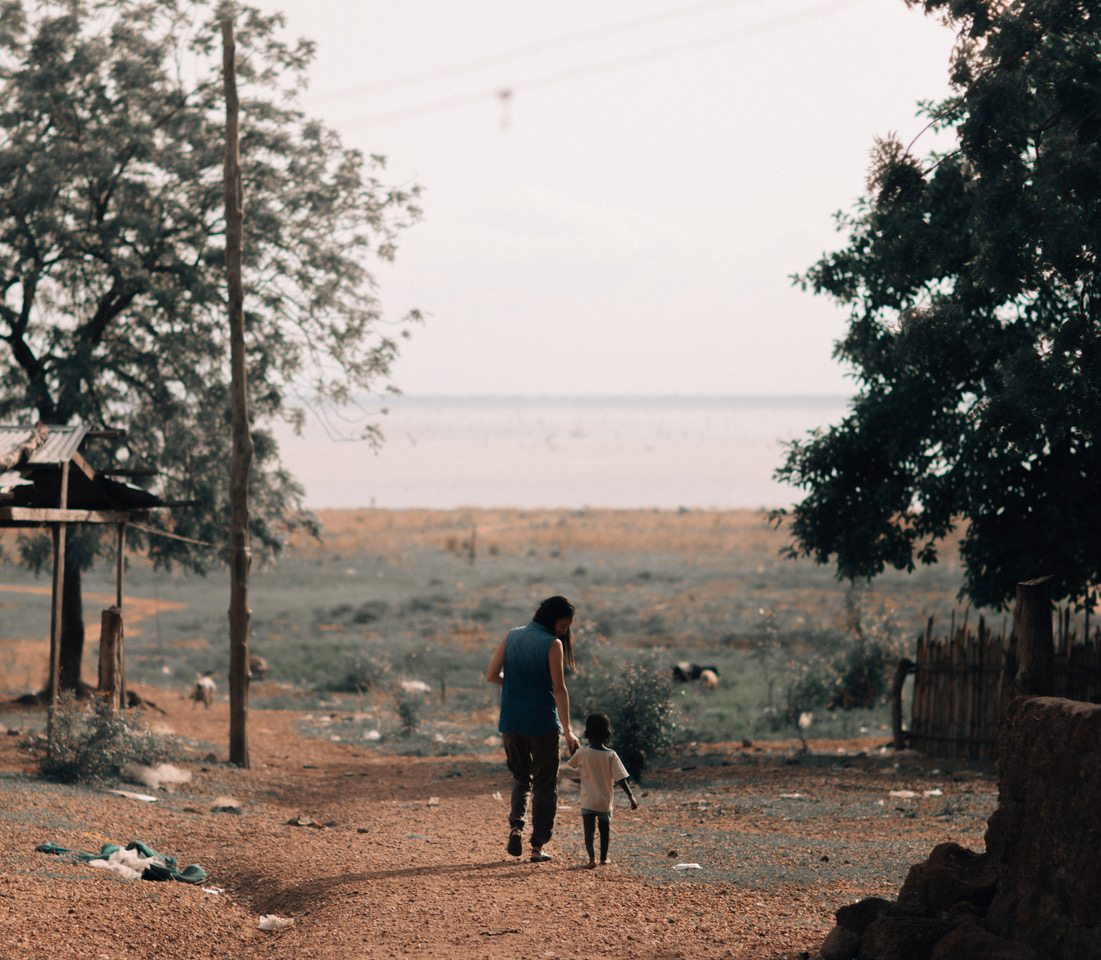
What do you wish the majority of people knew about international slavery and violence?
Vera: Whenever I have conversations with people and introduce them to the idea that slavery still exists, most people already understand it does still exist, but they don’t know it’s so much bigger and broader and vaster than we could’ve imagined. What I find myself wishing people knew is it’s not just sex trafficking, but there are people who are doing a lot more than that. There are masses of people enslaved on Lake Volta and in brick kilns. It’s much broader than we could’ve imagined it to be.
Talk about a specific day or event at IJM you felt was particularly moving or significant.
Vera: One of the most moving moments I’ve had – I actually haven’t shared this with a lot of people – was when we filmed the Super Maarko film last year. We had a chance to spend time with the little boy who inspired that story, Maarko. He’s one of the sweetest little boys I’ve ever encountered, and it brings me to tears every time I think about it.
One of the things we always do is get to know the story of who this little kid is, what inspires him and who he is. We want to spend time getting to know him before we even start shaping a story and putting a camera in front of his face. In that space of getting to know him, Maarko and I had a really sweet, fun connection. We’d play hide and seek and blow bubbles. The time we got to spend together hanging out and being as normal as he could be was so moving to me. I just reflect on what he had already been through, and for him to be very much in that moment of a normal kid playing and doing normal things was really powerful. It was one of those moments of hope, and you get a picture of, “he’ll be OK.” He can have a childhood, and he can play and laugh and that’s what we want.
Thanks to IJM, even more children get to be “OK.” Stay tuned for our third interview and to learn more about IJM visit www.ijm.org!
Feature Image via Madeline Heising
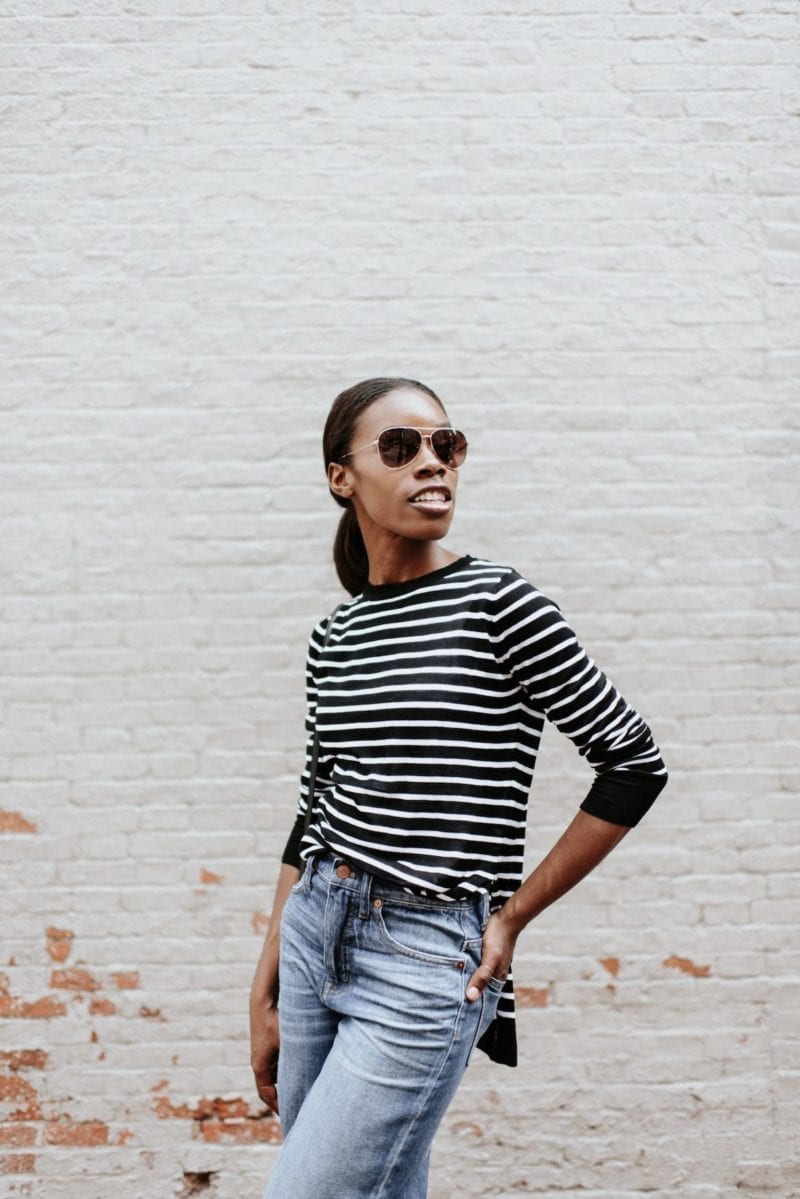
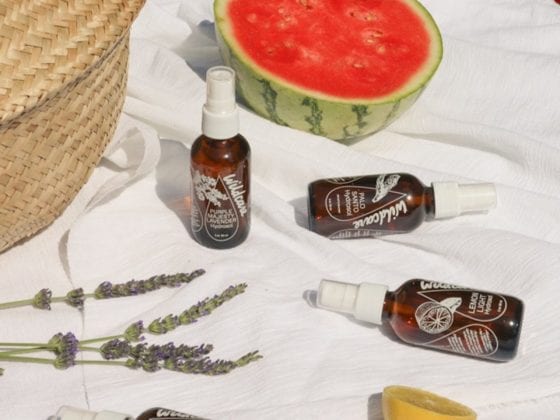









1 comment
I feel like I’ve learned so much from this series. It’s always best to hear from the insiders!
–
Charmaine Ng | Architecture & Lifestyle Blog
http://charmainenyw.com